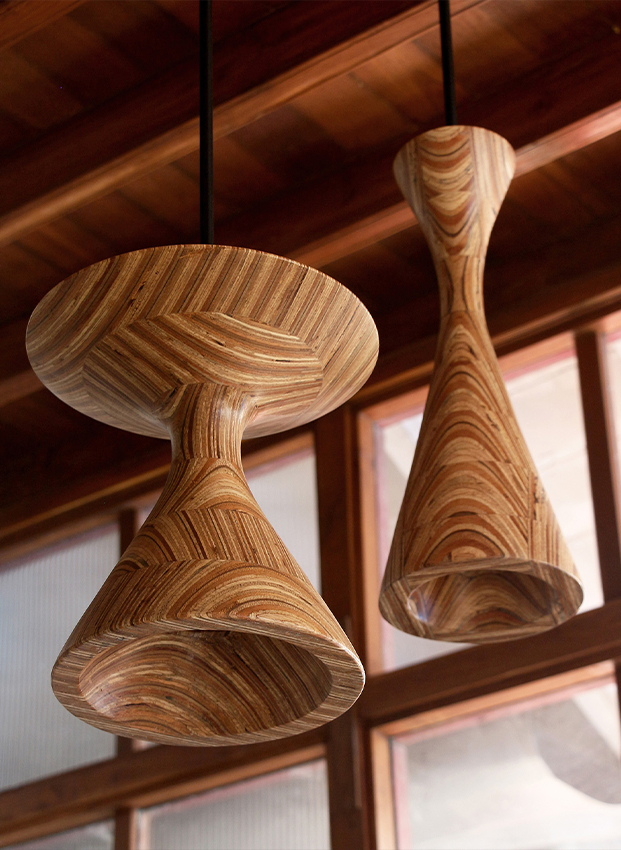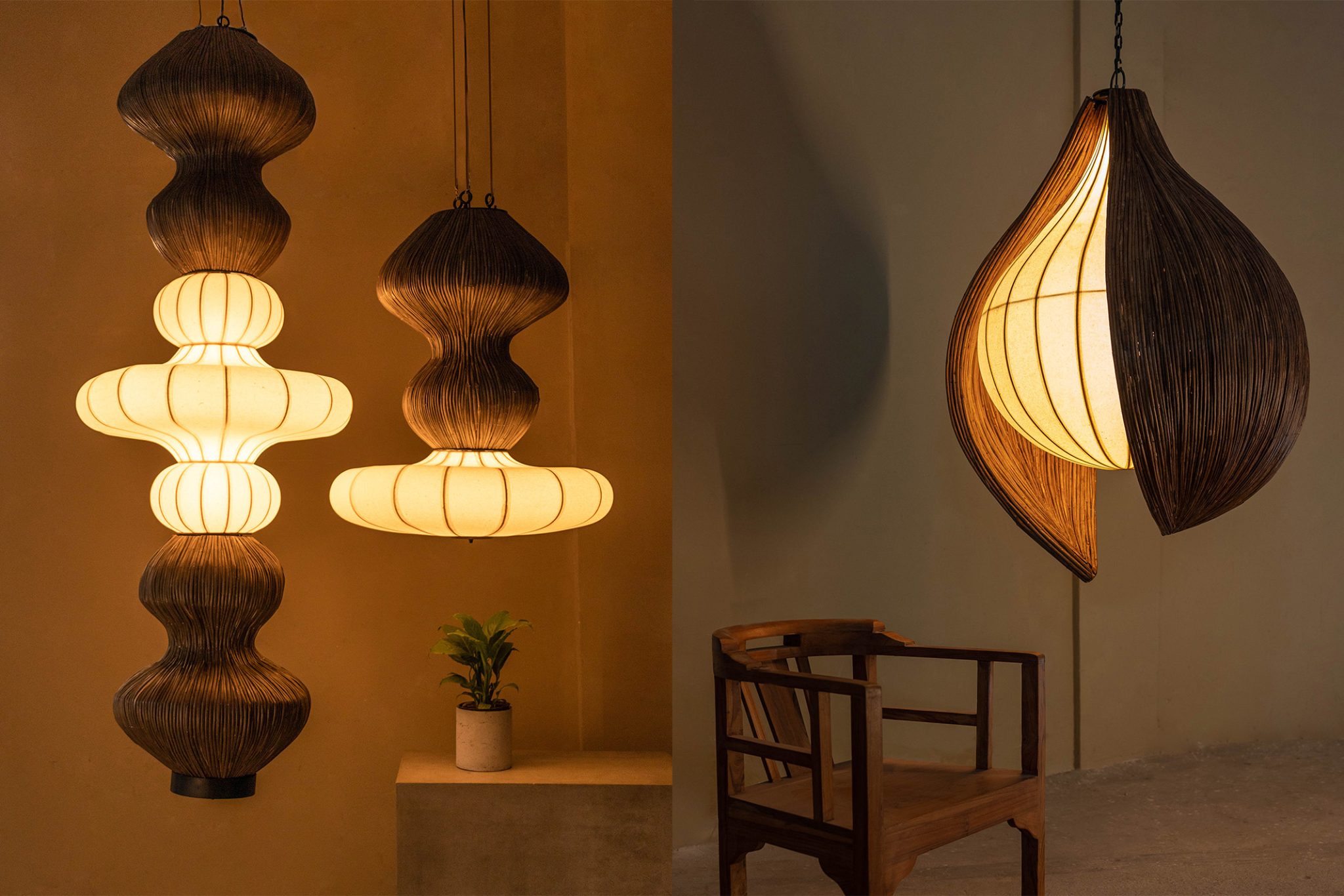7 Innovative Indian Metal Artists Shaping The Scene
Seven Indian artists are reimagining scrap metal as powerful sculptures, transforming waste into art that sparks conversations about sustainability, renewal, and the value of what we often overlook.
- 9 Jan '25
- 12:51 pm by Virender Singh
In an age where sustainability is no longer a mere buzzword but a pressing imperative, a new generation of Indian artists is leading the charge. Through their genre-bending sculptures, they not only strive to preserve materials that carry within them stories of the past but transform them into symbols of deep reflection. In the process, they spark conversations about the value of what is often cast aside—of industry, of human labour and the potential for renewal. We spotlight seven artist works by artists who have embarked on a profound odyssey of what it means to resurrect new life into found objects and scrap metal.
Also Read: The Stories Behind Objects: Tej Chauhan’s Approach To Human-Centric Design

1. Deval Verma — The Potential Of Everyday Materials
Commissioned by architect Ankit Mittal for his studio, Deval Verma’s ‘The Modern Vishwakarma’ (2022) memorializes the eponymous Hindu craftsman deity, in a heartfelt paean to the spirit of creation and engineering. Made from an eclectic mix of spare tools, machinery parts and industrial scraps, the piece blends mythology with a mindful, sustainable outlook.
As a child, Deval’s Sundays were spent glued to M.A.D on Pogo Channel, where Harun Robert’s DIY sorcery and backyard science shenanigans inspired him to see the potential in everyday materials. Today, Deval has transformed his engineering background into a thriving art practice, composing Indo-futuristic sculptures that speak to both craftsmanship and ecological consciousness.

2. Narayan Sinha — An Inventory Of Overlooked Objects
‘The Firelight’ (2021) by Narayan Sinha is a visceral exploration of what it means to surrender to nature by dismantling inner barriers. Growing up in a discrete, sleepy village in Bengal, his practice bridges the raw, untamed effulgence of wilderness and the mechanical precision of his family’s automotive factories.
This duality inspires all his creations, where metal scraps morph into lifelike forms, writhing with tentacles and twisted silhouettes that resonate with the malleability of matter folding unto itself ad infinitum. Moulded from brass, copper, iron, radiators and other mechanical components; Sinha dabbles in the realm of human perception, unearthing rare beauty in the overlooked paraphernalia of our lives.
Also read: Pixel Prodigies: 5 South Asian Artists Re-Programming The Canvas With A.I.

3. Valay Shende — Immortalizing The Working Class
Valay Shende’s ‘Bhaiya Indian’ sheds light on a harsh reality. Its copper-plated fibreglass structures depicts the resilience and tenacity of the workers it seeks to honour. Our country’s burgeoning labour force forms the very foundation of middle-class existence—a reality rarely acknowledged in Indian art. A graduate of the Sir J.J. School of Art in Mumbai, Shende shapes intricate forms from junkyard debris, sourcing materials like metal discs and pocket watches to explore topical issues through his art.
At the heart of ‘Bhaiya Indian’, lies a powerful allegory: a geared spinal cord that signifies the Preamble of the Indian Constitution, rendered in a striking dot-matrix bulb arrangement. Building on this motif, Shende addresses the delicate tension between protecting local interests and upholding the constitutional rights that allow every citizen the freedom to live anywhere in the country.

4. Arzan Khambatta – Suspension Of Disbelief
After studying at KC College and Rachana Sansad Academy of Architecture, Mumbai-based Arzan Khambatta assisted his architect father before diving into scrap metal art in the ’90s, creating his signature ‘Scraptures.’ His ethereal ‘Gautama’ is one such creation, hammered into shape from approximately 30 individual parts suspended by steel cables, imbuing the sculpture with a levitational quality.
Khambatta’s distinctive process involves filing, moulding, welding and burning, resulting in works that thrive on dramatic contrasts. The cast bronze body is offset with the hammered copper robes, orchestrating a visual harmony and capturing stillness and movement simultaneously. When the wind blows, this sculpture produces a soft clang, transforming ‘Gautama’ into a windchime of serenity.
Also read: Digital Bodies: An Insight Into Samyukta Madhu’s Indo-Futuristic Metaverse

5. Haribaabu Naatesan — A Rebirth In Metal
Haribaabu Naatesan’s creation ‘Mukti,’ commissioned by the Land Port Authorities of India (LPAI), stands at Rupaidiha along the India-Nepal border as a testament to shared iconography from both the countries; such as lotuses, yantras and chakras symbolising interconnectedness. Pivoting from his budding career in animation in 2009, Naatesan set out to create upcycled art, driven by a deep concern for the growing e-waste crisis.
Obsessed with extending the longevity of matter, he specialises in turning obsolete tech—motherboards, floppy discs and CD drives—into captivating sculptures. These elements draw from centuries of cultural exchange between the neighbouring countries, where Hinduism and Buddhism have overlapped inextricably. For ‘Mukti,’ the process involved sourcing, cleaning and assembling discarded metals, culminating in a sculpture that delivers a scathing commentary on hyper-consumerism in the digital era.

Spaces of Being, (2023) Spaces of Being delves into the psychological turmoil of overthinking. (Image Credits: Abner Fernandes)
6. Sakshi Gupta — Beyond The Familiar
In her 2023 piece, ‘Spaces of Being,’ viewers encounter a façade of battered metal sheet quadrants, culled from an industrial scrapyard. Moving around to the anterior of the work, the intricacy deepens as sculpted chickens navigate a gnarly, grid-like coop. Sakshi Gupta, a graduate of the Government College of Art (Chandigarh), has always used her art to channel the conflict she feels in life.
The chaotic shelves elicit memories of passing poultry trucks—an unsettling experience marked by the sound of ruffling feathers, pungent odours and the cacophony of struggle. Gupta’s work highlights how art doesn’t always strive to be a source of comfort. Sometimes, it confronts the unease within, to break free from the confines of mind-numbing mediocrity.
Also read: The New Faces Of Mosaic: 3 Indian Artists To Follow

Made primarily of metal scrap, ‘Tau’ (2021) is 8 metres high on-site and weighs over 1,800 kg, making Gurugram the latest art destination. (Image Credits: Hasnain Soomar P.)
7. Gopal Namjoshi — Honouring Age-Old Wisdom
Towering 27 feet above IFFCO Chowk in Gurugram, ‘Tau’ (2021) is melded from industrial metal, mild steel and wire mesh, commemorating the Haryanvi village elder seated on a charpoy—who serves as both a contemplative figure and a beacon for the shifting tides of cultural identity.
Gopal Namjoshi’s sculptures are large in scale because he expects them to spark an exploratory dialogue, encouraging laypeople to approach his work with curiosity. Hailing from Jaipur, Gopal Namjoshi developed his democratic sensibilities at the Rajasthan School of Arts. ‘Tau’ is a monumental ode to mindful evolution, which is only possible when traditions are respected and viewed through the lens of environmental and temporal awareness.


























